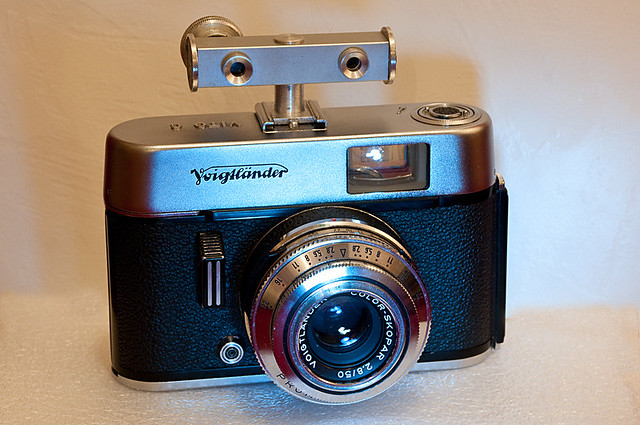I have just been given a Voigtlander Vitomatic I and there are a couple of bits on it I am not sure what they do. Firstly this display that is on top of the rewind lever;

Also this lever on the side. The photo isn't great as one of the letters is obscured. They are V X M and they have a green red and yellow dot above them.

thanks
Also this lever on the side. The photo isn't great as one of the letters is obscured. They are V X M and they have a green red and yellow dot above them.
thanks


 that's not hardcore - this afternoon I was out with a camera that not only didn't have a rangefinder or lightmeter, it didn't have a lens
that's not hardcore - this afternoon I was out with a camera that not only didn't have a rangefinder or lightmeter, it didn't have a lens